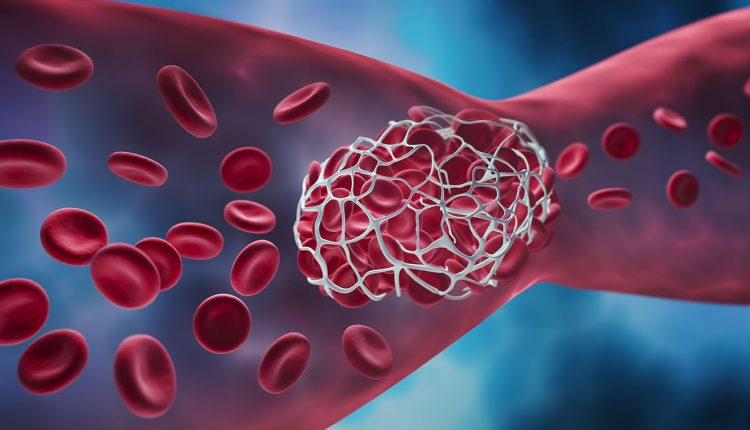
Allergy/hypersensitivity to heparin(s)
Heparins (unfractionated heparin UFH and low-molecular-weight heparin LMWH) are used for the treatment and prophylaxis of thromboembolic diseases for which additional anticoagulant drugs are available, such as semi-synthetic heparinoids (e.g. danaparoid sodium), synthetic pentasaccharides (such as fondaparinux sodium) and direct thrombin inhibitors (such as lepirudin and desirudin) or synthetic thrombin inhibitors (such as argatroban and bivalirudin)
Types of adverse reactions to heparin
Adverse reactions after the administration of unfractionated heparin or low-molecular-weight heparin are not uncommon; in these cases, level 1 and 2 allergy tests are highly recommended and can be considered the diagnostic gold standard.
Hypersensitivity reactions to heparin, heparinoids and hirudin are well known and can induce different reactions according to the Gell and Coombs classification:
- Immediate type reactions (type I), i.e. urticaria and angioedema, bronchospasm and even severe anaphylactic shock are rare and have been reported for UFH, LMWH and lepirudin.
- A serious adverse event (erythema and skin and mucosal necrosis) is heparin-induced thrombocytopenia (type II reaction), induced by polyclonal antibodies, usually against the platelet heparin factor 4 complex.
- Arthus reaction is a type III reaction resulting from antigen-antibody complexes, characterised by inflammation, erythematous induration and oedema at the injection site, which may subsequently cause haemorrhage and necrosis.
The most common type of hypersensitivity to heparin is the delayed type hypersensitivity reaction (type IV) characterised by itching, eczema and plaques at the injection sites.
Risk factors for heparin allergy
The aetiopathological mechanism of these reactions is only partly understood.
Risk factors are:
- the female sex,
- advanced age,
- pregnancy,
- probably also obesity and prolonged exposure to heparins.
It is not yet clear whether the molecular weight of different heparins may be an additional risk factor.
Since the clinical picture does not necessarily allow for the classification of the underlying allergological mechanism, allergological tests and their mode of execution and timing include different procedures and steps in consideration of the patient, associated risk factors and possible therapeutic and pharmacological alternatives (in pregnant women and cardiac surgery and cardiology patients, the choice of therapeutic alternatives is limited due to specific contraindications).
Read Also
Emergency Live Even More…Live: Download The New Free App Of Your Newspaper For IOS And Android
Anticoagulant Drugs: List And Side Effects
Chromogranin A: A Laboratory Test For The Diagnosis And/Or Monitoring Of Neuroendocrine Tumours
Carotid Angioplasty And Stenting: What Are We Talking About?
Coronary Angioplasty, What To Do Post-Operatively?
Heart Patients And Heat: Cardiologist’s Advice For A Safe Summer
US EMS Rescuers To Be Assisted By Paediatricians Through Virtual Reality (VR)
Coronary Angioplasty, How Is The Procedure Performed?
Antiplatelet Drugs: Overview Of Their Usefulness
Antiplatelet Agents: Trade Names, Side Effects
Lipid Profile: What It Is And What It Is For



